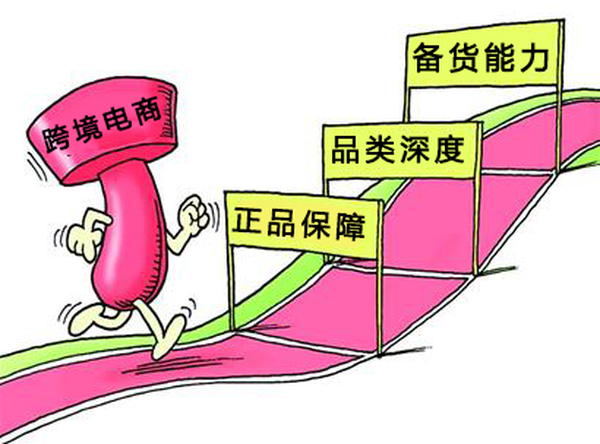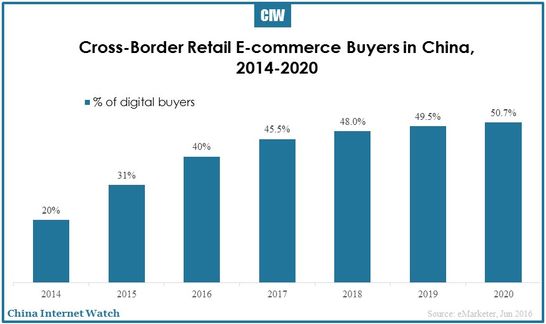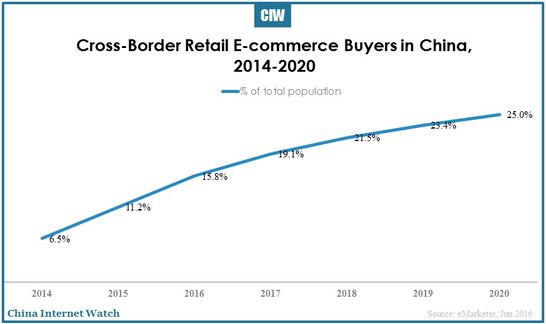
As 40% china online consumers buy foreign goods, cross-border e-commerce in China will hit $85.76 billion this year according to the analysis of eMarketer.

E-marketer estimated that China’s each online shoppers will spend an average of $473.26 on foreign goods. By 2020, the cross-border consumers will account for 50.7% of total digital consumers, up from 20% in 2014.
The growth of living standard and global digital sales platforms greatly boomed China’s cross-border e-commerce market. Alibaba’s Tmall Global, JD Worldwide, and other B2C global platforms provide convenient accesses for both sellers and buyers to trade. China’s consumers prefer foreign goods such as milk powder, diapers and pet food, which make international brands break the market quicker and easier.
On April 8 2016, China implemented cross-border electronic commerce retail sales (enterprise to consumers, B2C) import tax policy and adjustment of personal postal articles tax policy. Cross-border e-commerce retail goods are no longer charged by personal postal articles tax but imposed tariffs on goods, import value-added tax and consumption tax.
Some product such as jewelry and infant formula has slightly increased due to the new tax policy. But, the marketer analyst Shelleen Shum noted, “the demand for foreign goods via the cross-border e-commerce channel is still expected to remain strong due to better prices compared to offline retailers, perceived quality and better variety.” She added that since the merchants selling on these B2C platforms have to be authorized, they are considered more trustworthy.

B2C platform sales are expected to take up a growing share of cross-border e-commerce market in 2016. The cross-border consumer will be a quarter of the total population by 2020 according to estimation of eMarketer.
Thanks to the combination of overseas travel, increased internet usage, exposure to foreign brands and convenience of online retail, as well as the surging demand of foreign products, China is projected to become the largest cross-border e-commerce market by 2020.
Also read: Chinese online shoppers insights 2016